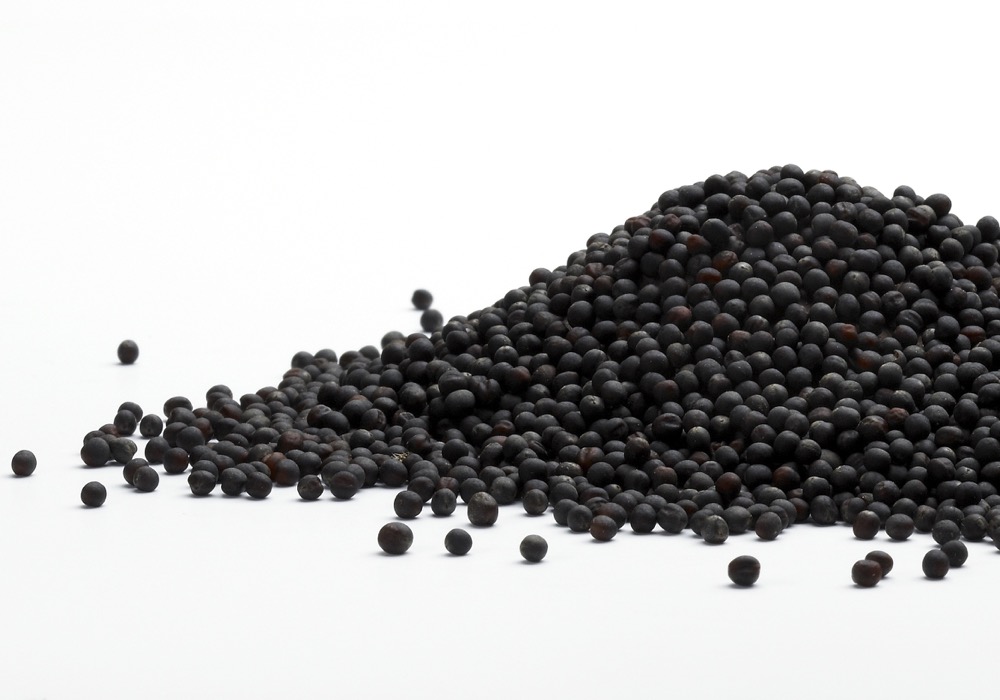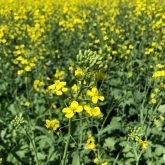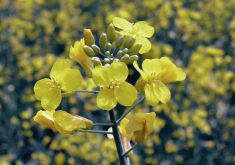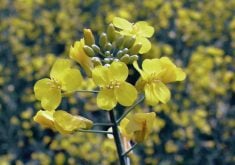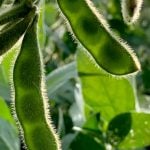Being the world’s second-largest economy, there is no doubt China has a lot of economic clout. Every tidbit of news or rumour regarding China has been able to drive prices up or down within minutes — and this past week was no different.
There are strong similarities between what has been happening with canola and what happened previously to U.S. soybeans. While the similarities are too strong to completely ignore, there hasn’t been any concrete evidence to show canola has been getting the same treatment soybeans received.
Read Also

Canola market sees up and down week
Canola futures endured a topsy-turvy week ended July 17, 2025, with most ICE contracts seeing net gains of about C$15 per tonne.
Canola bids fluctuated a fair bit last week, at times down $1 or $2 and suddenly shooting up $3 or more, other times seeing bids well into the green suddenly turn red. As reported, fund traders were busy trying to cover their short positions.
It’s very important to keep in mind that Canada possesses a large carry-over of canola and there remains a great deal yet to reach the commercial pipeline. Sluggish exports, regardless of destination, have deeply affected the market and farmers’ willingness to sell their canola.
Essentially, there’s more to the canola market than what China may or may not be doing.
The theory held by many traders is China picked a fight with the U.S. and made clear it would not buy any more soybeans, so the bean market dropped. China resumed buying soybeans after some time, but in a quiet manner. China may be doing the same thing with canola now.
The source of tensions between Canada and China has been obvious: the arrest by Canadian authorities of Huawei chief financial officer Meng Wanzhou back in December at the behest of the U.S., which wants to extradite Meng to try her on fraud charges.
Shortly afterward, two Canadians were detained by Chinese authorities. Now Michael Korvig, a former diplomat, and Michael Spavor, a business person, have been accused of espionage. A third Canadian, Robert Schellenberg, who was convicted of drug smuggling in China, saw his 15-year prison sentence upped to the death penalty.
Just as Meng’s extradition hearing was set to begin, China said it found pests in a canola shipment from Richardson International. China quickly revoked Richardson’s permit to sell canola into the country. To date, China has not provided any evidence of what these pests were, and retesting of samples in Canada found none.
For much of the 2018 calendar year, canola exports to China were booming. China planned to import more than 4.7 million tonnes of canola or rapeseed, of which about 4.2 million tonnes were to have come from Canada. As of January those exports topped 2.4 million tonnes, according to the Canadian Grain Commission.
Since January, though, canola exports to China dropped off and the Richardson case may have dried up activity. In the meantime, Canada’s government has been working to resolve some of the issues with China.
And there is the looming U.S./China trade deal, now said to be coming by the end of next month. Indications have been that it could be a boon to soybeans, and the expected spillover would help canola.






